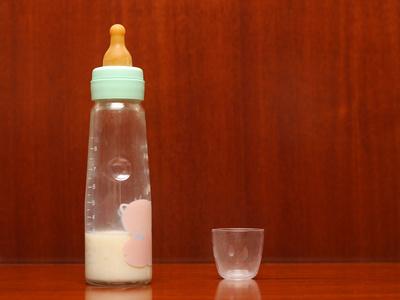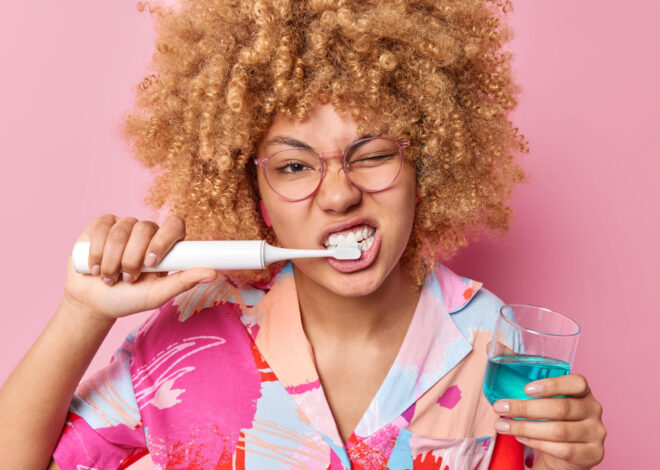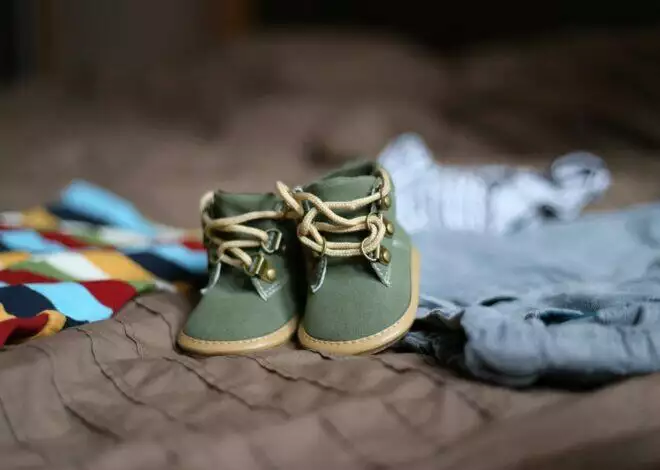Infants are exposed to greater concentrations of chemicals than adults. A baby’s smaller surface area and body mass make her exposure ratios higher. Babies also put everything into their mouths. From bottles to toys, if chemicals have been used in the production or cleaning, the baby may be exposed to chemicals. For parents who want to reduce their baby’s risk of exposure to toxic chemicals, organic baby supplies are an option.
Reducing Chemical Exposure
In addition to helping save the environment, using organic baby supplies can reduce or eliminate toxic chemicals from your baby’s environment. Bisphenol A, phthalates, parabens and polybrominated diphenyl ethers are common toxic chemicals that are found in baby’s environments. Bisphenol A can be found in plastic bottles, phthalates and parabens can be found in baby lotion and shampoo and polybrominated diphenyl ethers can be found in fire-retardant children’s clothing and sleepwear. Using baby supplies without these chemicals reduces the chance of exposure to them.
Types of Organic Baby Supplies
A wide variety of organic baby supplies are available. Parents have the option of purchasing organic bottles, pacifiers, diapers, wet wipes, sleepwear, clothing, crib mattresses, bedding, formula, foods, toys and baby shampoos and lotions. Virtually all baby supplies are now available in organic compositions.
Labeling
The U.S. Department of Agriculture’s National Organic Program, or NOP, regulates the production, handling and labeling standards for organic food products. For baby food to be labeled as “USDA Certified Organic” and carry the USDA Organic seal, it must be composed of 95 to 100 percent organic ingredients and an independent third-party verifier must certify it. The term “organic” denotes that no genetically modified organisms, toxic insecticides, fertilizers, pesticides, herbicides or fungicides were used in a product’s production. It also means no ionizing radiation, sewer sludge, cloned animal products, chlorine bleach or artificial ingredients or preservatives were used. When it comes to textiles, regulation is a bit different. While there are standards under the USDA that allow for the regulated cotton plants and the fibers they create to be labeled organic, a crib sheet made from 100 percent certified organic cotton may not be entirely organic if chemical dyes were used to color it, for example. Organic baby shampoos and skin care products can be certified as organic by the USDA if the product is composed of ingredients that the USDA allows in organically labeled food.
Common Materials
Common materials used in organic baby clothing include organic cotton, wool and bamboo. In addition to being made from a plant pulp, bamboo fiber is naturally antibacterial and biodegradable, according to the Textile Exchange’s website, TEOnline.com. Lanolin, aloe vera and vitamins are commonly found in baby skin care products. Essential oils and tea tree are often used to scent the products. Since organic ingredients tend not to be as harsh as chemicals, they don’t irritate the skin.
Warnings
Some organic baby products may contain nut oil, so if your child has a nut allergy, you’ll want to avoid using products that contain it. Since some organic baby supplies, like lotions, shampoos and foods may have no preservatives, you’ll want to be sure to follow storage instructions and adhere to expiration dates when using them. Although the terms “organic” and “natural” are often used interchangeably, they don’t mean the same thing. While the USDA has a definition for natural poultry and meat, which addresses how the animal was processed, the USDA and Food and Drug Administration, or FDA, have no other regulations for the term.





